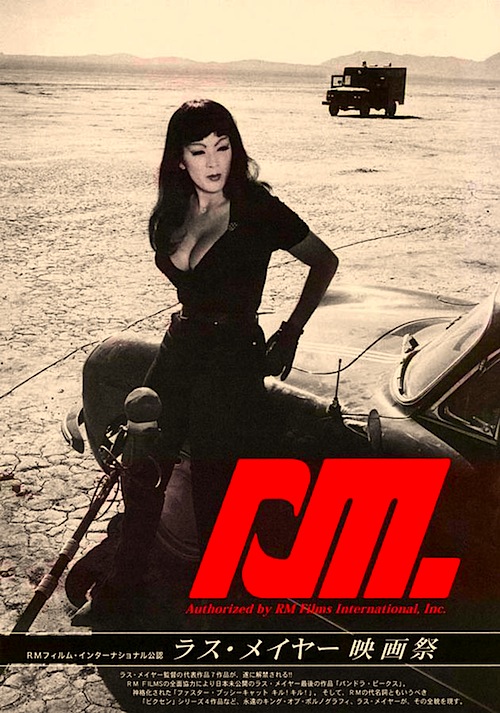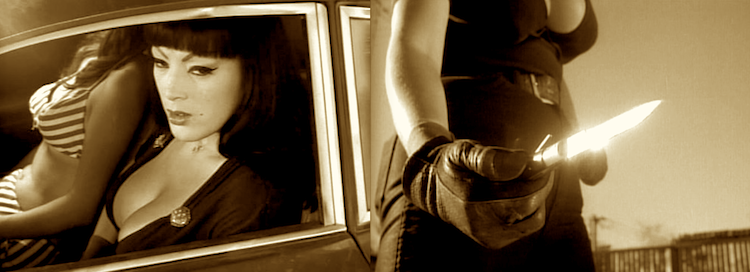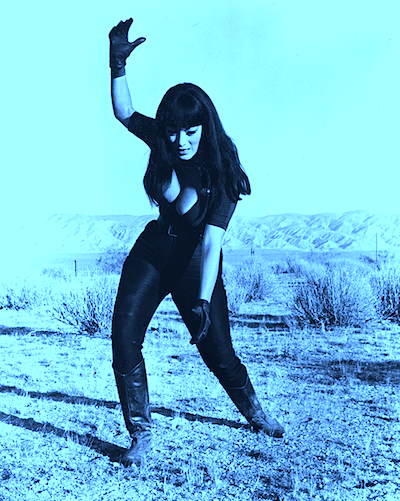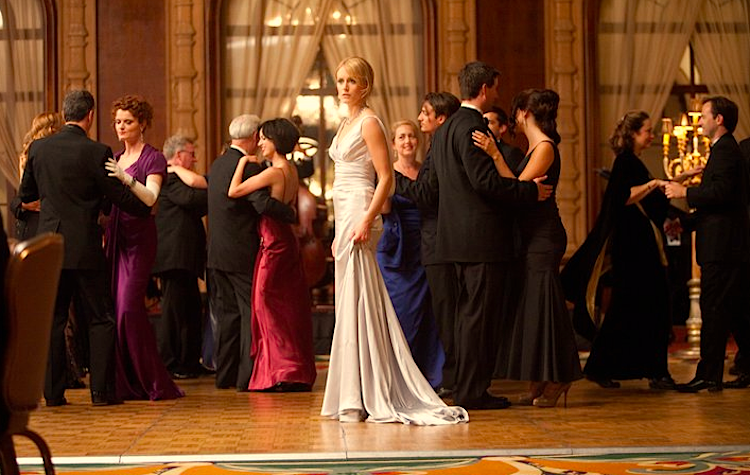
By Jason Apuzzo. I’ve been trying to crystalize my thoughts on the Atlas Shrugged trailer since seeing it Friday. As a coincidence, I recently finished reading Atlas Shrugged – for reasons other than the film’s release, as it turns out, but which nonetheless put me in the mood to see the trailer and get a sense of what the filmmakers had done with the material.
On seeing the trailer, something occurred to me that I’d mentioned to director Paul Johansson when we were on the film’s set – which is that Atlas Shrugged, which was first published in 1957, takes place in a kind of alternate, indefinite future. The precise nature of that future, its look and feel, struck me as being something that a filmmaker could exploit to great advantage, particularly in so far as Rand’s novel veers strongly toward dystopia late in the story – depicting death rays, fascistic military police, optical refractor beams, and the like. Reading the novel, it seemed to me that Rand’s story was rife with possibilities to create a filmic world similar to that of Fritz Lang’s Metropolis or Ridley Scott’s Blade Runner – albeit of a different, less nightmarish cast.
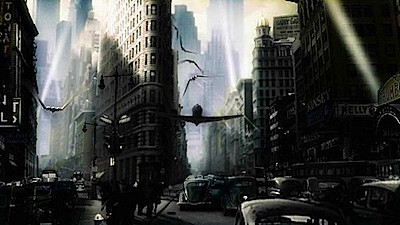
What complicates matters, of course, is that our vision of ‘the future’ circa 1957 was much different from our vision of the future today. Rand’s novel deals primarily with the railroad and steel industries, for example, industries that have lost their futuristic sheen amidst the successive eras of the Jet Age, Space Race and Information Age. (In fact, trains and steel had already lost their glamor, so to speak, by the time Rand wrote her novel.) Suffice it to say that today’s Hank Rearden would not likely be pouring steel; nor would Dagny Taggart likely be operating a railroad. Indeed, I suspect Dagny would be somewhere in Silicon Valley pushing forward the boundaries of the Information Age, while Rearden might be in a clean-room designing next-generation microchips.
This, ultimately, is why I think Atlas Shrugged – in order for it to be faithful – is probably best set during the 1950s, albeit in an ‘alternate’ version of the 1950s. I’m thinking here of something like the alternate version of the 1930s presented by Kerry Conran in his flawed but interesting fantasy epic from 2004, Sky Captain and the World of Tomorrow.
In that similarly low-budget effort, Conran used digital technology to create a stylish, alternate 1930s of flying robots, advanced Nazi superweapons, airplane-submarines and flying air bases in order to bring to life a fanciful story of how World War II ‘might’ have been fought, had a few scientific super-geniuses had their way. This, it seems to me, might’ve been a interesting approach to take with Atlas Shrugged. Ultimately, however, Paul Johansson never really had the opportunity to contemplate such an option – in so far as he was hired to direct Atlas Shrugged just over a week before cameras rolled, an extremely challenging situation for any director, let alone someone charged with a project of this scale.
I don’t think such a retro-futuristic approach would’ve made the film more expensive to do. It is, in fact, quite possible these days to create realistic sci-fi dystopias on a budget. To show one recent example of this, I’ve embedded below the trailer for award-winning writer-director-ILM visual fx designer Grzegorz Jonkajtys’ recent film The 3rd Letter (previously titled, 36 Stairs), about which I’ve posted here at Libertas previously.
The 3rd Letter takes place in a polluted, dystopian future-metropolis in which human beings depend on bio-mechanical alterations in order to withstand the deteriorating climate. The full film is about 15 minutes long, quite lavish in its visual design, and was apparently made on a budget of around $7000. The film quietly speaks volumes about where independent filmmaking is headed, in terms of how technology is currently able to support highly expansive visions.
Contrary to what many people have been saying, I don’t believe Atlas Shrugged is a project that needed a $200 million budget or the participation of Angelina Jolie/Charlize Theron to do it properly. What the film did need, in my opinion, was an audacious cinematic vision to match Rand’s own.
We’ll soon see if that’s what it got.
[Editor’s Note: It also occurs to me since writing this post that, if one were to ‘update’ Atlas Shrugged to the world of today, it would be interesting to have Dagny working in the post-9/11 airline industry, with Rearden providing lighter, stronger metals for her airplanes. Plus: imagine the fun one could have depicting the TSA.]
Posted on February 16th, 2011 at 11:26am.
